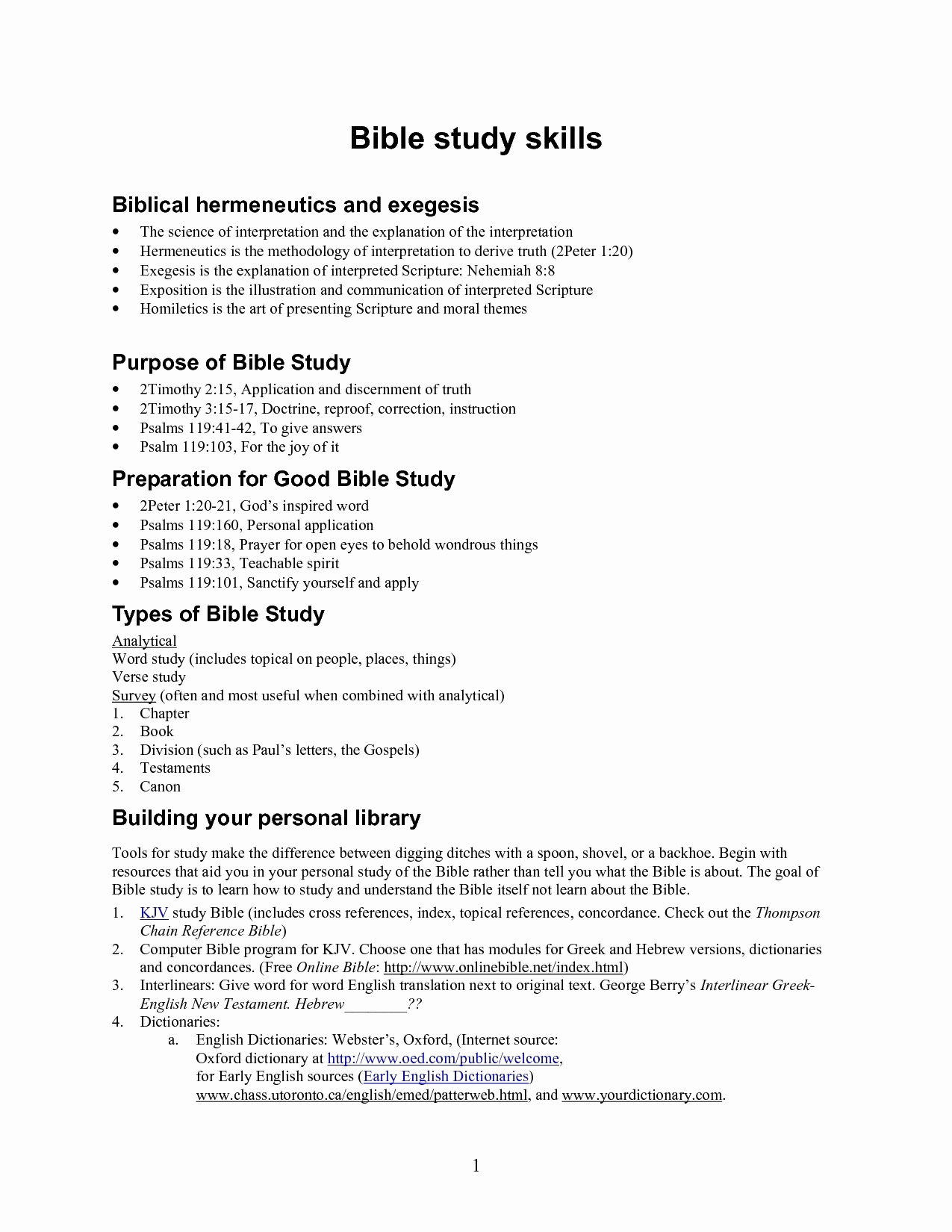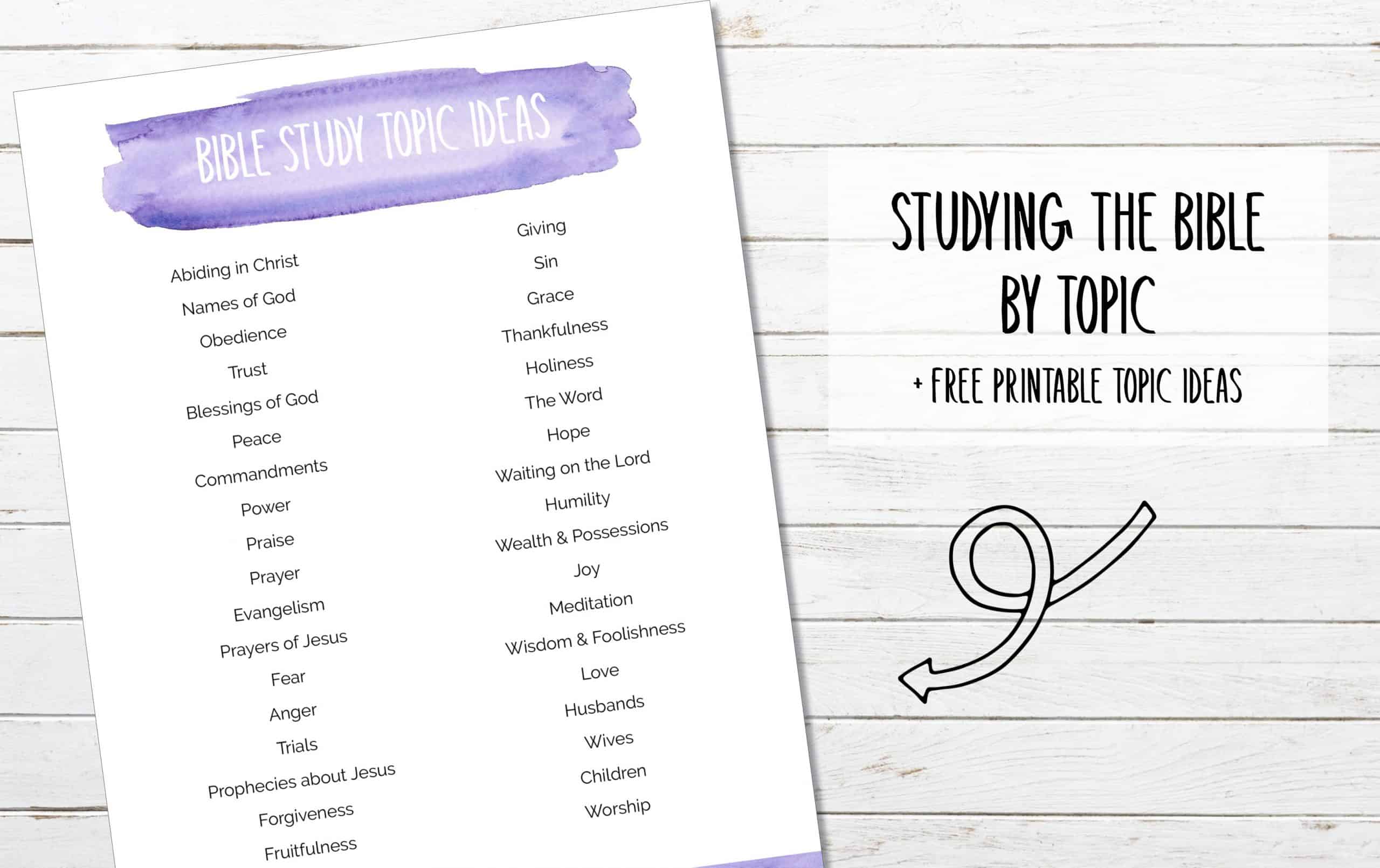

When sharing from the Bible try to cover the main points in a simple way.For example, instead of saying “Jesus is the Lamb of God” say “Jesus is God’s son and he helps us”. Teachers should use simple phrases instead of metaphors. Children of this age think in a literal and not figurative way.In a big room you might put tape or a rope in a circle on the floor and ask everyone to sit inside the circle. A physical boundary might be everyone sitting at a table or on a mat. Since their concept of space is limited providing clear physical boundaries helps them focus.For example, “Let’s hop like bunnies to the mat to read our Bible story.” Or make up a quick energy expender you can use whenever children get antsy Something like “Wiggle-wiggle-wiggle-God loves you! Wiggle-wiggle-wiggle-God loves me! Wiggle-wiggle-wiggle-let’s sit down!” Pre-schoolers are not able to sit still for long periods of time so teachers should allow time and space for movement between activities.And while learning about the Parable of the Wise and Foolish Builders it is lots of fun to make the house on the sand crash! A simple set of building blocks can be used over and over to construct houses, fences, palaces and altars. Constructing and demolishing things that relate to the story.When teaching about Elisha and the Widow’s Oil bring some real olive oil to class so they can touch and even taste it. For example, when learning about The Parable of the Lost Sheep bring some lamb’s wool to feel. Sensory activities that relate to the Bible story you are teaching.Some pre-schoolers will like to pray out loud by themselves. Younger pre-schoolers can repeat phrases after the teacher. You may be amazed at what they have heard you teach. Instead of colouring sheets used repeatedly provide a blank paper and ask the children to draw something from the Bible story. Artistic expression through paint, crayons, playdoh, cutting and glueing.The lions roared in the story of Daniel and the Lions so let the children roar!

For example, the Wise Men Followed a Star so hold up a picture of a star and let the children follow you. Imaginary play, especially role-playing everyday tasks adults do (cleaning, cooking, washing the car, driving, etc.) Think of ways children can mimic what is happening in the Bible story you are teaching.They understand punishment and consequence but the concept of a conscience is still difficult to understand. They are beginning to recognise right from wrong.They are possesive and sharing is still difficult. They are beginning to develop friendships but they tend to form small groups and exclude others. Even though four and five year olds are still fairly self-centred they desire the attention and approval of others.They are often rambunctious and constantly on the go but still need times of rest during the day. Children of this age are experiencing rapid growth.Energetic and not able to sit still for long periods of time.They have a healthy self concept and enjoy talking about their accomplishments and abilities.They are able to convey their thoughts and ideas. Four and five year olds are curious and eager to learn.Becoming coordinated and skilled in motor activities.Able to work puzzles of increasing complexity.Learning to count and letters of the alphabet.


More About Understanding Age Groups What Are Pre-Schoolers Like? They are able to have a simple trust in God. Children in this age group have a love of life and are curious and open to learning. Three to five year olds are absorbing a great deal of new knowledge and understanding. When choosing activities for Pre-Schoolers keep the following in mind: Each of the 170 Bible Lessons on this website provide a selection of activities for children of various ages.


 0 kommentar(er)
0 kommentar(er)
